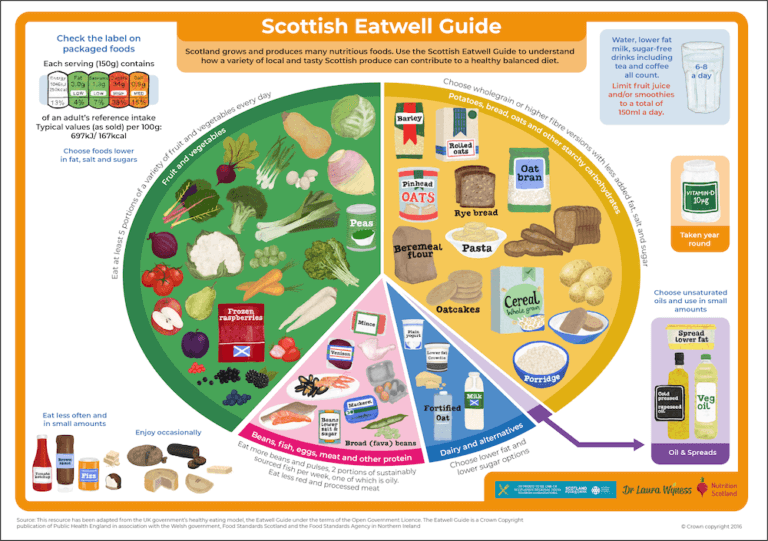It can be easy to eat mindlessly. Have you ever found yourself scrolling on your phone or watching TV whilst eating? Do you have lunch or snacks whilst working at your desk? Do you eat on-the-go or eat really quickly due to lack of time? Do you find yourself eating when you feel stressed or bored? If so, eating more mindfully could be really beneficial to you.
I often discuss mindful eating during individual consultations as it can be a useful practice for many people to be more aware of what they eat and to help them develop a more positive relationship with food as well as make eating a more enjoyable experience.
What is Mindful Eating?
Mindful eating is about being aware of your thoughts and emotions and how you feel before, during and after eating. It’s about being fully present and engaging all of your senses during an eating experience and not having any judgement.
Mindful eating has a number of potential benefits. For example, it may reduce emotional eating and help promote a healthier relationship with food.(1) It may help regulate appetite and prevent binge eating.(2) It can help reduce stress around eating and, therefore, benefit digestion.(3)
Eating mindfully takes practice. It takes time to recognise your own body’s physical hunger and fullness signals and to recognise how different foods make you feel.
Below are a few things to consider about mindful eating:

Fostering a mindful-eating environment
It’s not realistic to be fully mindful every time we eat, but practicing a mindful moment, when you can, should help you get in-tune with your body’s signals.
Sit down at a table and remove any distractions. Put your phone away, turn off the TV and clear the table of items unrelated to meals so that you can focus completely on what you are eating. Take a few deep breaths before eating to help you relax and take in your surroundings.
Recognise different types of hunger
We all experience different types of hunger and its useful to be able to distinguish between a physical hunger, when your body is needing energy and nourishment, or a psychological hunger that is based more on cravings, emotions, boredom or your surrounding environment (for example when you see an advert on TV or social media for food and suddenly want that food).
Feelings of physical hunger often differ from person to person. Early signs may include a feeling of emptiness in your stomach, stomach rumbling or mild hunger pangs, feeling irritable, fatigued or finding it difficult to concentrate. These feelings tend to build up gradually, whereas psychological hunger tends develop more quickly and may create a desire for a particular food.
Consider the wider food story
Part of practicing mindful eating is considering the story behind the food you’re eating, for example, who and what was involved in getting the food onto your plate? Pausing to consider everything that went into your meal or food you’re eating and appreciating all of this may help you connect more deeply with your food.
Here’s a quote to consider:
“The wheat field needs clouds and sunshine. So in this slice of bread there is sunshine, there is cloud, there is the labour of the farmer, the joy of having flour, and the skill of the baker and then—miraculously!—there is the bread. The whole cosmos has come together so that this piece of bread can be in your hand. You don’t need to do a lot of hard work to get this insight. You only need to stop letting your mind carry you away with worrying, thinking, and planning.”
Thich Nhat Hanh, author of ‘How to Eat’
Introduction to Mindful Eating: online course
Eating mindfully can help you enjoy what you’re eating and help you get more in-tune with your body. So many people have said how useful mindful eating has been for them, and because of that, the Let’s Talk Food team have developed a short online course ‘Introduction to Mindful Eating’.
The course explains more about what mindful eating is and what the benefits are. It also takes a closer look at feelings of hunger and satiety, as well as the different types of hunger we experience and how to use these feelings when we choose to eat and as we eat. There are practical resources you can download and a list of useful links if you want to learn more about mindful eating. The course will also help you put mindful eating into practice.











